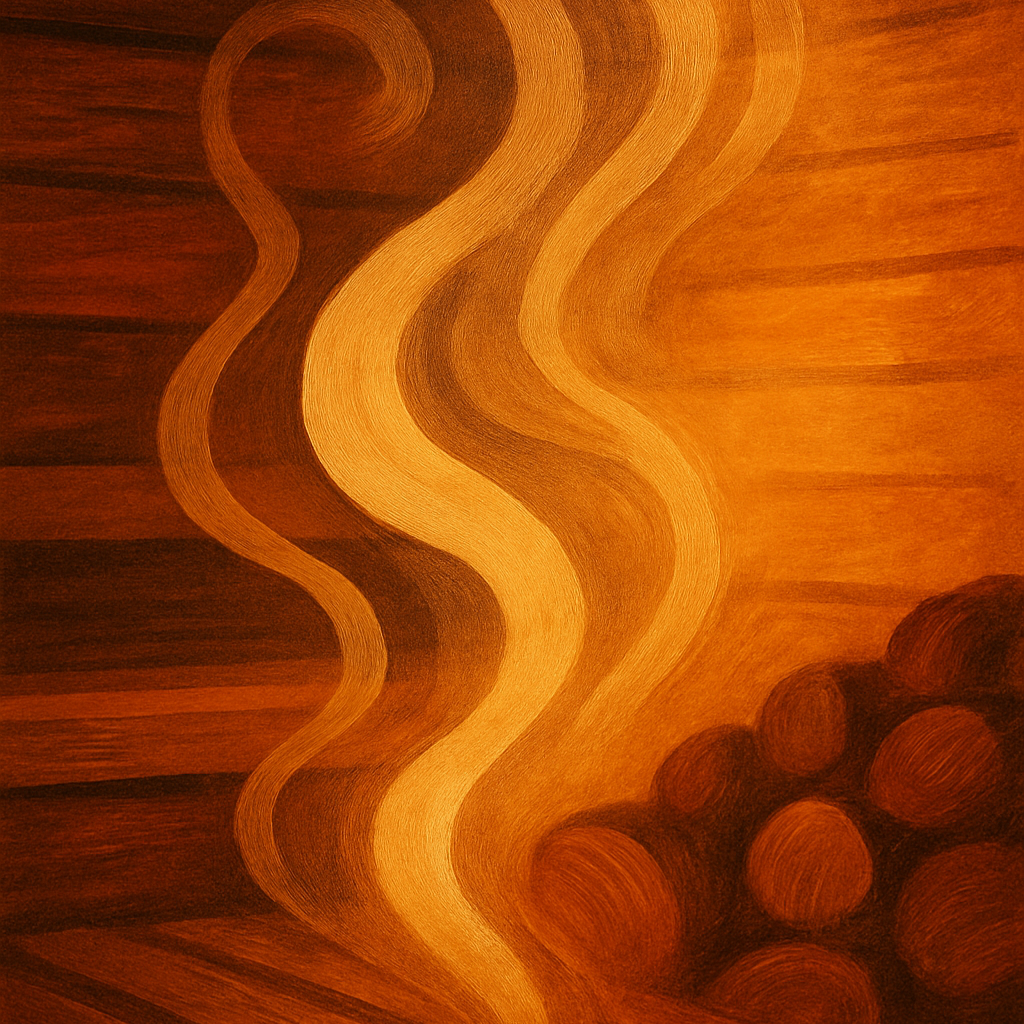
Traditional Saunas: Exploring the Classic Experience, Benefits and Heater Choices
While infrared technology and modern materials have broadened the sauna landscape, traditional saunas remain the gold standard for an authentic, high‑heat experience. These saunas are steeped in centuries of Nordic tradition and typically use wood‑burning or electric heaters to warm rocks and generate a dry heat that can be made steamy by pouring water on the stones. This guide dives into what makes a sauna “traditional,” the health benefits you can expect, the differences between wood and electric heat sources and how to create the perfect ritual at home.
🔍 Quick Answers to Common Questions
What defines a traditional sauna? Traditional saunas use either wood‑burning stoves or electric heaters to heat stones and air. The heat warms the body through convection and radiation, and water poured over the stones creates steam (löyly). Wood‑burning saunas burn hardwoods like birch or oak to produce a soft, humid heat and a subtle, earthy aroma. Electric saunas use built‑in heating elements to warm rocks or panels, offering convenience and precise temperature control.
How do wood‑burning and electric heaters differ? Wood‑burning heaters provide an authentic experience with crackling fire, fragrant smoke and the ability to reach very high temperatures. They require a chimney or vent and longer preheat times. Electric heaters are quick, clean and programmable; many models heat to sauna temperature in under ten minutes and include automatic shut‑off for safety. Electric heaters, however, may increase utility bills and rely on a stable electrical supply.
What health benefits do traditional saunas offer? Sitting in a traditional sauna elevates your heart rate and widens blood vessels. Physicians note that any activity that raises core temperature increases circulation, similar to walking on a treadmill. Regular sauna bathing may help lower blood pressure over time, boost immune function and reduce the risk of dementia and Alzheimer’s disease. Sauna sessions also reduce stress and improve mood; women in a study who sat in an 80 °C sauna for 20 minutes reported less tension, depression and fatigue.
How long should you stay in a traditional sauna? Start with 5–10 minutes and gradually work up to 15–20 minutes per session. Hydrate before and after each session, and always listen to your body; exit immediately if you feel dizzy or uncomfortable. Beginners and individuals with medical conditions should consult a doctor before using a sauna.
Can I have a traditional sauna indoors? Yes. Both wood‑burning and electric saunas can be installed indoors or outdoors. Indoor wood‑burning saunas require proper ventilation and chimney installation; electric heaters are often easier to set up in indoor settings. Many barrel and cabin saunas can be adapted for indoor use with the right flooring and clearance.
🔥 What Makes a Sauna “Traditional”?
Traditional saunas trace back thousands of years in Finnish culture. Key elements include:
-
Heat source: Wood‑burning stoves or electric heaters heat sauna stones. Piling rocks on the heater retains heat and allows for steam when water is added.
-
High temperatures: Traditional saunas operate between 70 °C and 100 °C (158 °F to 212 °F). They rely on convection to warm the air and your body, creating an intense sweat that many people find purifying.
-
Steam (löyly): Pouring water onto the hot rocks creates bursts of steam that increase humidity and intensify the feeling of heat. This ritual enhances circulation and deepens relaxation.
-
Natural materials: Traditional saunas are typically built from aromatic woods like cedar, spruce or hemlock. The timbers release a subtle fragrance when heated, adding to the sensory experience.
-
Social & cultural tradition: In Nordic countries, sauna bathing is a communal practice that promotes relaxation, conversation and connection. It’s customary to alternate hot sauna sessions with cool dips or showers to stimulate circulation.
💪 Health Benefits of Traditional High Heat
Traditional saunas offer a suite of health benefits backed by research and centuries of anecdotal evidence:
-
Improved circulation & cardiovascular health: Heat exposure causes your heart rate to rise and blood vessels to dilate, increasing circulation. Experts compare the cardiovascular response to a light workout, noting that sitting in a sauna can feel like walking on a treadmill. Over time, regular sauna use is associated with lower blood pressure and improved endothelial function.
-
Stress reduction & mood enhancement: Sauna sessions lower cortisol and trigger the release of endorphins, producing a post‑session “afterglow.” Women who completed 20‑minute sessions in an 80 °C sauna reported reduced tension, depression, anger and fatigue.
-
Immune support & longevity: Traditional sauna bathing may strengthen the immune system by improving white blood cell function. Epidemiological studies suggest that frequent sauna users have a lower risk of dementia and Alzheimer’s disease. Regular sessions are also linked with reduced all‑cause mortality and cardiovascular disease in long‑term cohorts.
-
Muscle recovery & pain relief: The deep heat promotes blood flow to muscles and joints, reducing stiffness and accelerating recovery after exercise. Steam generated during löyly can ease respiratory congestion and loosen tight muscles.
-
Detoxification & skin health: Sweating helps eliminate toxins and cleanses the skin. The high humidity generated by pouring water over the rocks moisturises the skin and opens pores.
🪵 Wood‑Burning vs. Electric: Choosing Your Heat Source
Wood‑Burning Heaters: These stoves burn seasoned hardwoods, producing a soft, humid heat and earthy aroma. They are typically less expensive to operate—wood is often cheaper than electricity—and they create a nostalgic ambiance. However, they require more time to heat up, need a chimney or flue for ventilation and involve handling and storing firewood. Temperature control can be less precise and maintenance includes cleaning ash and soot.
Electric Heaters: Electric sauna heaters are convenient, clean and quick. Many models heat to sauna temperature in under ten minutes and feature programmable controls and automatic shut‑off. Electric heaters make it easier to use the sauna regularly. They do, however, contribute to your energy bill and may be less reliable in areas with unstable electricity.
When deciding between wood and electric, consider your lifestyle. If you value tradition, aroma and the ritual of tending a fire, choose wood‑burning. If convenience and speed matter most, opt for electric. Hybrid systems that combine electric and wood heaters are also available, providing flexibility in different seasons.
🏗️ Installation & Maintenance Tips
-
Site & ventilation: Install your sauna on a level, non‑flammable surface. Ensure adequate ventilation to prevent moisture buildup. Wood‑burning saunas require a chimney; electric models need proper electrical wiring.
-
Preheat wisely: Wood stoves may require 30–60 minutes to reach temperature, while electric heaters can preheat in 10–20 minutes. Preheat your sauna while you shower or prepare for the session.
-
Clean routinely: For electric heaters, wipe the exterior with a mild cleanser and dry thoroughly. Avoid vinegar on wooden surfaces; instead, use a solution of warm water and baking soda. Hard water stains on wood can be treated with a thin layer of mayonnaise left overnight.
-
Maintain rocks: Replace sauna stones every few years or if they crack. Rinse stones periodically to remove mineral buildup.
🧖♂️ Creating Your Traditional Sauna Ritual
To fully appreciate a traditional sauna, develop a ritual that balances heat and cool:
-
Hydrate & prepare: Drink water or herbal tea before entering the sauna. Have a towel and seat cover ready.
-
Warm up gradually: Start with a 5–10 minute session on the lower bench. Pour a ladle of water onto the stones to create löyly and breathe deeply.
-
Cool down: Exit the sauna and cool your body with a cold shower, plunge pool or fresh air. Rest for a few minutes and rehydrate.
-
Repeat: Re‑enter for another 10–15 minutes. You can vary the temperature by changing benches or adding more steam. Repeat the cycle two to three times.
-
Aftercare: After your final cool‑down, gently stretch or meditate, then moisturise your skin. Enjoy a light snack and continue hydrating.
🛍️ Accessories to Elevate Your Traditional Sauna
| Accessory | Purpose | Notes & Benefits |
|---|---|---|
| Wood or electric heater | Generates heat for the sauna | Choose wood for authenticity and aroma, electric for convenience and precision |
| Water bucket & ladle | Adds steam (löyly) and humidity | Use cedar or stainless steel; essential for traditional sauna rituals |
| Thermometer & hygrometer | Monitors temperature and humidity | Ensures safe, comfortable sessions; helps gauge when to add water |
| Sauna stones | Retain and radiate heat | Replace every 2–3 years; use volcanic stones for durability |
| Headrest & backrest | Provides ergonomic support | Cedar or foam options; improves comfort during long sessions |
| Aromatherapy oils | Enhances scent and relaxation | Add a drop of eucalyptus or birch oil to water for respiratory benefits |
| Towel set & robes | Keeps seating hygienic and assists cooling | Use cotton or linen towels; wear a robe between sessions |
🗣️ Voice‑Optimised FAQ
Are traditional saunas better than infrared saunas? Traditional saunas reach higher temperatures and offer intense sweating, steam and an authentic experience. Infrared saunas provide a gentler heat at lower temperatures and may penetrate deeper into tissues. Which is better depends on your comfort level and wellness goals.
Can I pour any liquid on sauna rocks? Only pour clean water or a small amount of water mixed with sauna‑approved essential oils. Avoid alcohol or sugary drinks; they can damage stones and produce harmful fumes.
Do traditional saunas require special electrical wiring? Electric heaters need a dedicated circuit, often 220‑240 V, installed by a qualified electrician. Wood‑burning saunas need a chimney for ventilation, but no electrical wiring.
How often should I sauna? Aim for 2–4 sessions per week. Listen to your body and adjust frequency based on your health and comfort. Even once a week can provide benefits.
Is it safe to use a traditional sauna if I have a medical condition? People with cardiovascular issues, low blood pressure, pregnancy or chronic illnesses should consult a healthcare provider before sauna use. Begin with shorter sessions and always stay hydrated.
💬 Conclusion & Call to Action
The traditional sauna remains a cherished wellness practice for good reason. Its high heat and steam deliver potent benefits—from improved circulation and blood pressure regulation to stress relief and immune support. Choosing between wood‑burning and electric heaters depends on your lifestyle: wood stoves offer aroma and authenticity, while electric heaters deliver convenience and control. With a thoughtful ritual and the right accessories, your traditional sauna can become a sanctuary of relaxation and longevity.
Ready to experience the timeless art of sauna bathing? Explore our curated range of traditional barrel, cabin and indoor saunas, available with wood or electric heaters, at saunaluxuries.com. Our experts can help you select the perfect model and accessories to build your own Scandinavian‑inspired retreat. Rekindle tradition and elevate your wellness routine today.


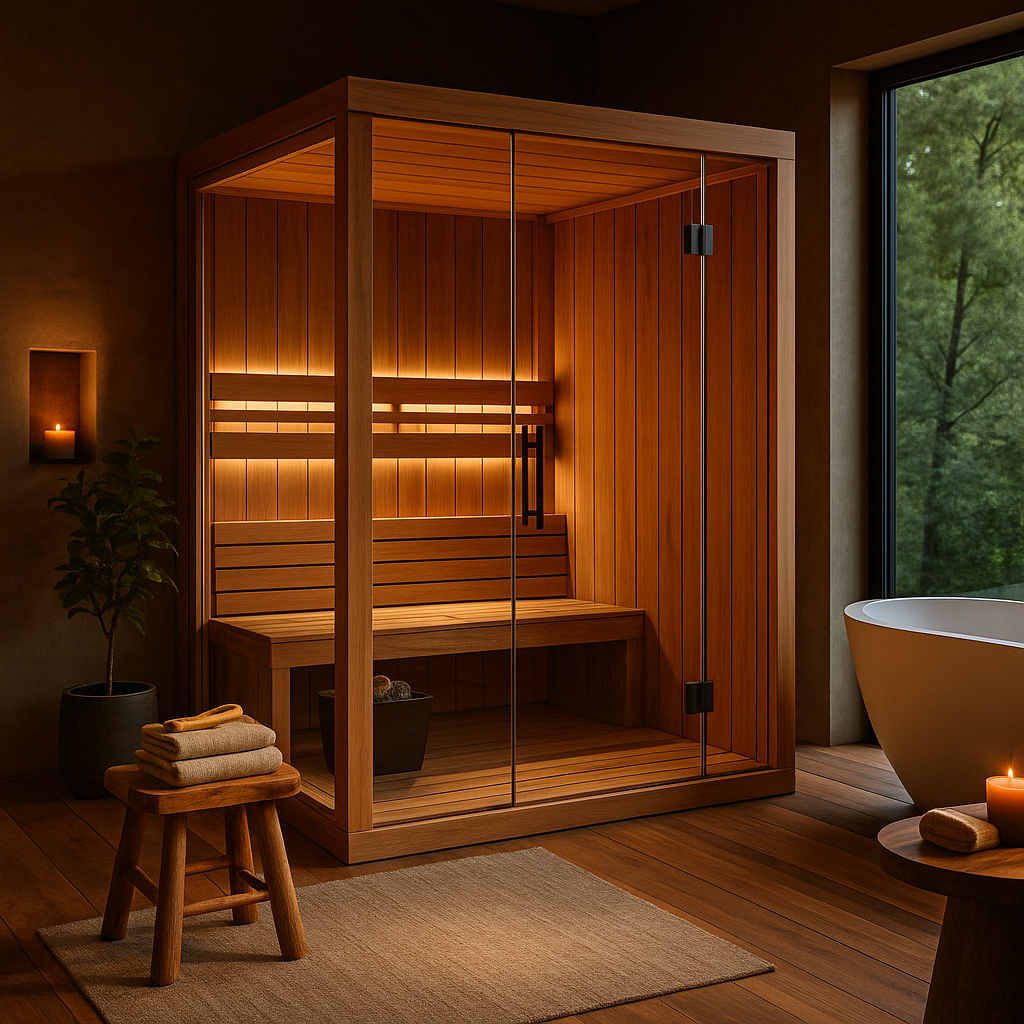
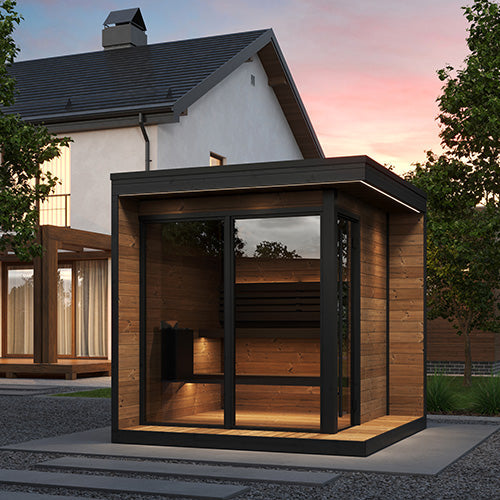
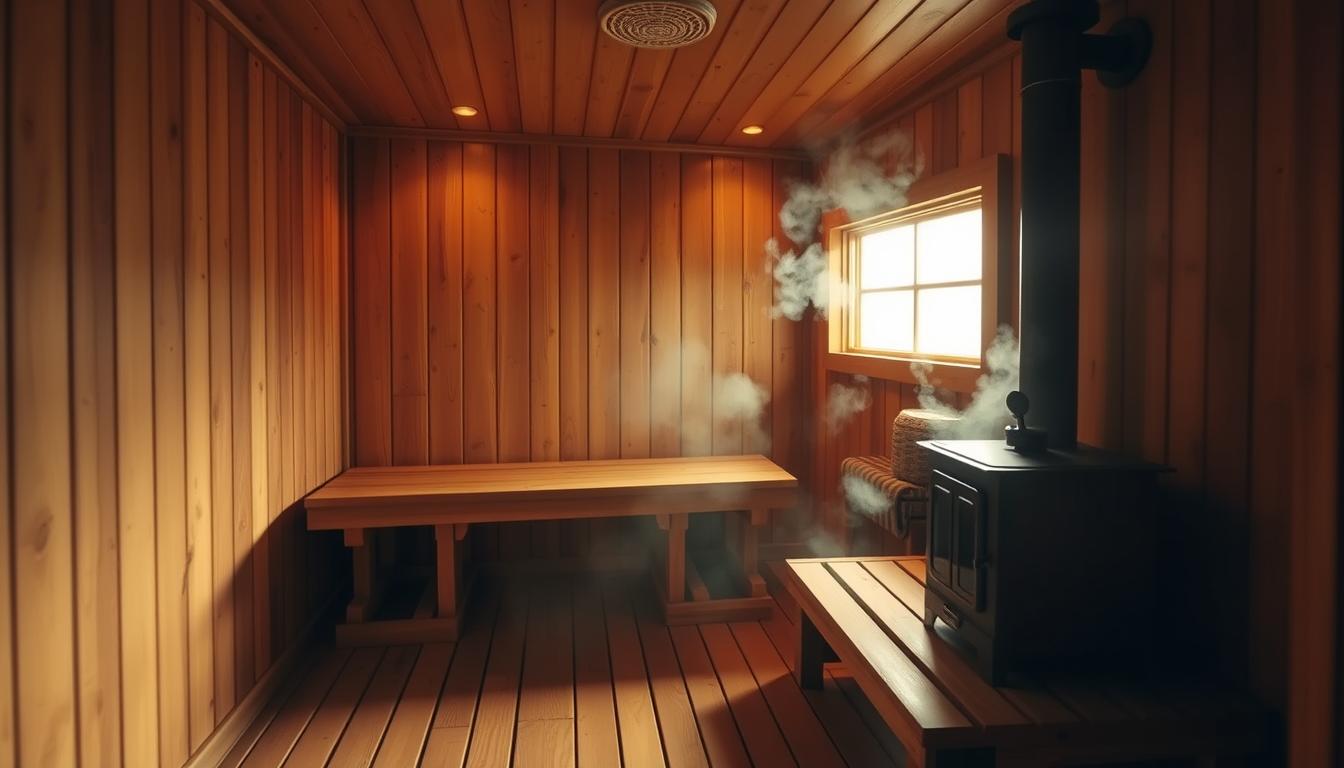
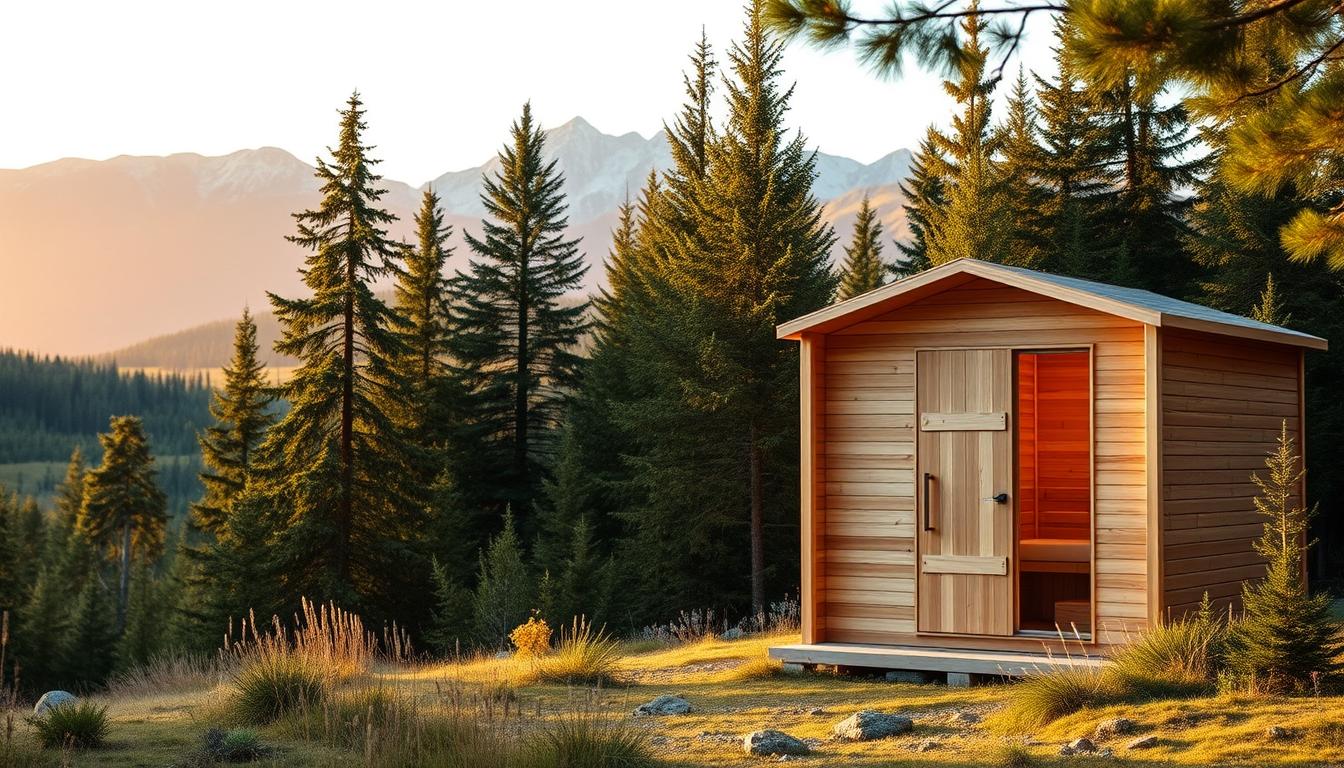

Leave a comment
This site is protected by hCaptcha and the hCaptcha Privacy Policy and Terms of Service apply.